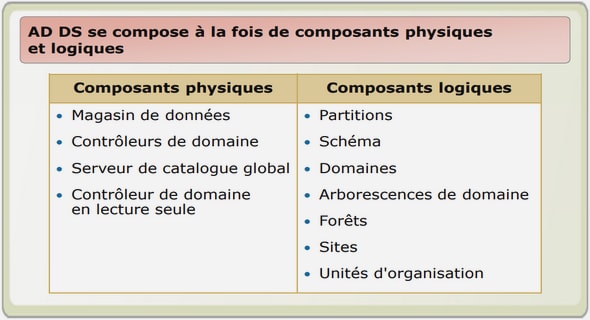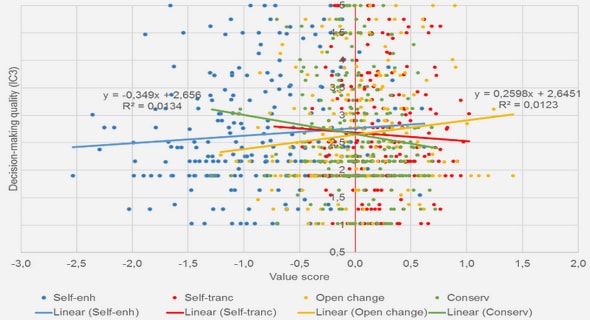Get Complete Project Material File(s) Now! »
Spirocerca lupi-induced sarcoma
The oesophageal nodule may undergo neoplastic neoplastic transformation (Bailey, 1963; Seibold et al., 1955). Over time up to 25% of these nodules undergo neoplastic transformation (Dvir et al., 2001), making spirocercosis a highly attractive model to study the association between cancer, helminth infection and inflammation. The association between S. lupi infection and oesophageal sarcoma was first described in 1955 (Seibold et al., 1955). This association was based on the finding of S. lupi worms and related oesophageal nodules close to the neoplastic neoplasm or the pathognomonic findings of spondylitis or aortic aneurysm in conjunction with the malignant neoplasm. Macroscopically, an increased size, and progression to cauliflower-like shape and area of necrosis in the neoplastic nodule compared to the smooth appearance of the benign nodule may be indicative of neoplastic transformation (Ranen et al., 2004). Histologically the malignant neoplasms are classified as fibrosarcoma, osteosarcoma or anaplastic sarcoma (Ranen et al., 2007; Ranen et al., 2004). The histopathological characteristics of the S. lupi-induced fibrosarcoma include interwoven bundles of tapered to plump spindle shaped cells, variable amounts of intercellular collagenous matrix, and a high mitotic index (Bailey et al., 1963). Histological characteristics of the S. lupi-induced osteosarcoma include foci of polygonal osteoblasts, and variable numbers of osteoclasts and/or interwoven bundles of spindle cells, variable amount of osteoid matrix with or without foci of chondroid differentiation. Sometimes obvious spicules or trabeculae of bone are identified amidst solid foci of neoplastic spindle or polygonal cells (Bailey, 1963).
Anaplastic sarcomas are characterized histologically by the presence of obviously neoplastic, plump, roughly spindle-shaped cells, usually in an interwoven or interlacing pattern, without the presence of clearly identifiable intercellular matrix, and numerous mitoses. In areas where spirocercosis does not exist, malignant neoplasms of the oesophagus are extremely rare (Ridgway and Suter, 1979), making spirocercosis the major cause of malignant oesophageal neoplasms in the dog.
Spirocercosis-induced sarcoma metastasizes commonly to the lung but also to a variety of abdominal organs (Bailey, 1963; Dvir et al., 2001). Benign spirocercosis is treated successfully with avermectins [doramectin (Dectomax, Pfizer, France) 400 mg/kg SC at 2-week intervals] (Lavy et al., 2002). However, malignant neoplasms can only be treated by surgical excision with or without chemotherapy an the success rate is lower (Ranen et al., 2004). This difference in prognosis emphasizes the need to improve diagnostic and prognostic markers for the antemortem diagnosis of the oesophageal nodule and the need for a better understanding of the neoplastic transformation that may improve treatment for neoplastic cases.
CHAPTER ONE: BACKGROUND
1.1 Canine spirocercosis
1.2 Spirocerca lupi-induced sarcoma
1.3 Inflammation / Infection-induced cancer
1.4 Helminth-induced inflammation and cancer
1.5 Cancer biomarkers
1.6 Diagnosis of neoplastic vs. non-neoplastic spirocercosis
CHAPTER TWO: RESEARCH HYPOTHESES
CHAPTER THREE: GENERAL METHODOLOGY
3.1 Cases
3.1.1 Retrospective cases
3.1.2 Prospective cases
3.2 Samples
3.2.1 Histopathology
3.2.2 Plasma
CHAPTER FOUR: CLINICAL DIFFERENTIATION BETWEEN DOGS WITH BENIGN AND MALIGNANT SPIROERCOSIS
4.1 Abstract
4.2 Introduction
4.3 Material and Methods
4.4 Results
4.4.1 Signalment
4.4.2 Clinical presentation
4.4.3 Haematology
4.4.4 Serum proteins
4.4.5 Radiology
4.5 Discussion
4.6 Tables
4.7 Figures
CHAPTER FIVE: PROPOSED HISTOLOGICAL PROGRESSION OF THE SPIROCERCA LUPI-INDUCED OESOPHAGEAL LESION IN DOGS
5.1 Abstract
5.2 Introduction
5.3 Material and Methods
5.3.1 Data analysis
5.3.2 Further analysis and grading
5.4 Results
5.5 Discussion
5.6 Tables
5.7 Figures
CHAPTER SIX: EVALUATION OF SELECTED GROWTH FACTOR EXPRESSION IN CANINE SPIROCERCOSIS (SPIROCERCA LUPI)- ASSOCIATED NON-NEOPLASTIC NODULES AND SARCOMAS
6.1 Abstract
6.2 Introduction
6.3 Material and Methods
6.3.1 Case selection
6.3.2 Controls
6.3.3 Immunohistochemistry
6.3.4 Scoring of immunoreactivity
6.3.5 Assessment of microvessel density (MVD)
6.3.6 Statistical analysis
6.4 Results
6.4.1 Growth factor immunohistochemistry
6.4.2 Labelling of the positive-tissue control
6.4.3 VEGF labelling of fibroblasts and tumour cells
6.4.4 FGF labelling of fibroblasts and tumour cells
6.4.5 PDGF labelling of fibroblasts and tumour cells
6.4.6 Microvessel density
6.5 Discussion
6.6 Conclusions
6.7 Tables
6.8 Figures
CHAPTER SEVEN: IMMUNOHISTOCHEMICAL CHARACTERIZATION OF LYMPHOCYTE AND MYELOID CELL INFILTRATES IN SPIROCERCOSISINDUCED OESOPHAGEAL NODULES
7.1 Abstract
7.2 Introduction
7.3 Materials and Methods
7.3.1 Case selection
7.3.2 Immunohistochemical labelling of FoxP3, CD3, Pax5 and
Myeloid/Histiocyte antigen MAC387
7.3.3 Scoring of IHC labelling
7.3.4 Statistical analysis
7.4 Results
7.5 Discussion
7.6 Tables
7.7 Figures
CHAPTER 8: PLASMA IL-8 AND IL-18 CONCENTRATIONS ARE INCREASED IN DOGS WITH SPIROCERCOSIS
CHAPTER NINE: GENERAL DISCUSSION AND CONCLUSIONS
CHAPTER TEN: REFERENCES
CHAPTER ELEVEN: APPENDICES


